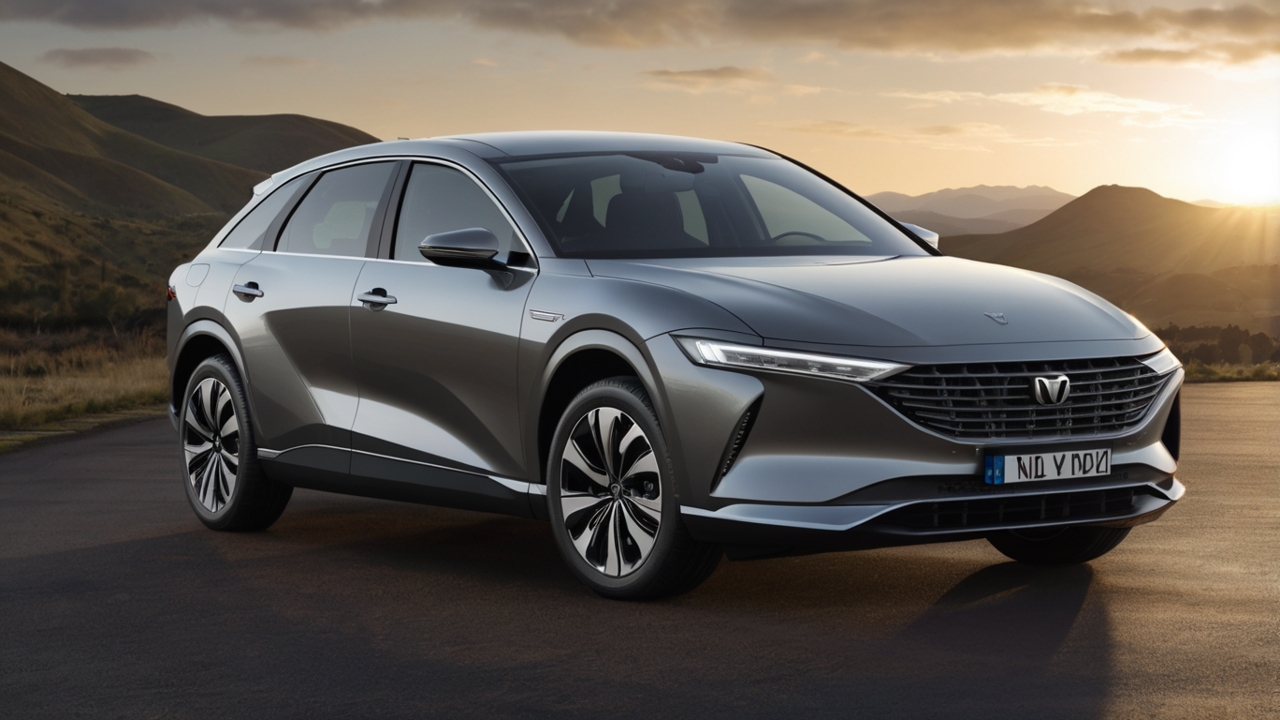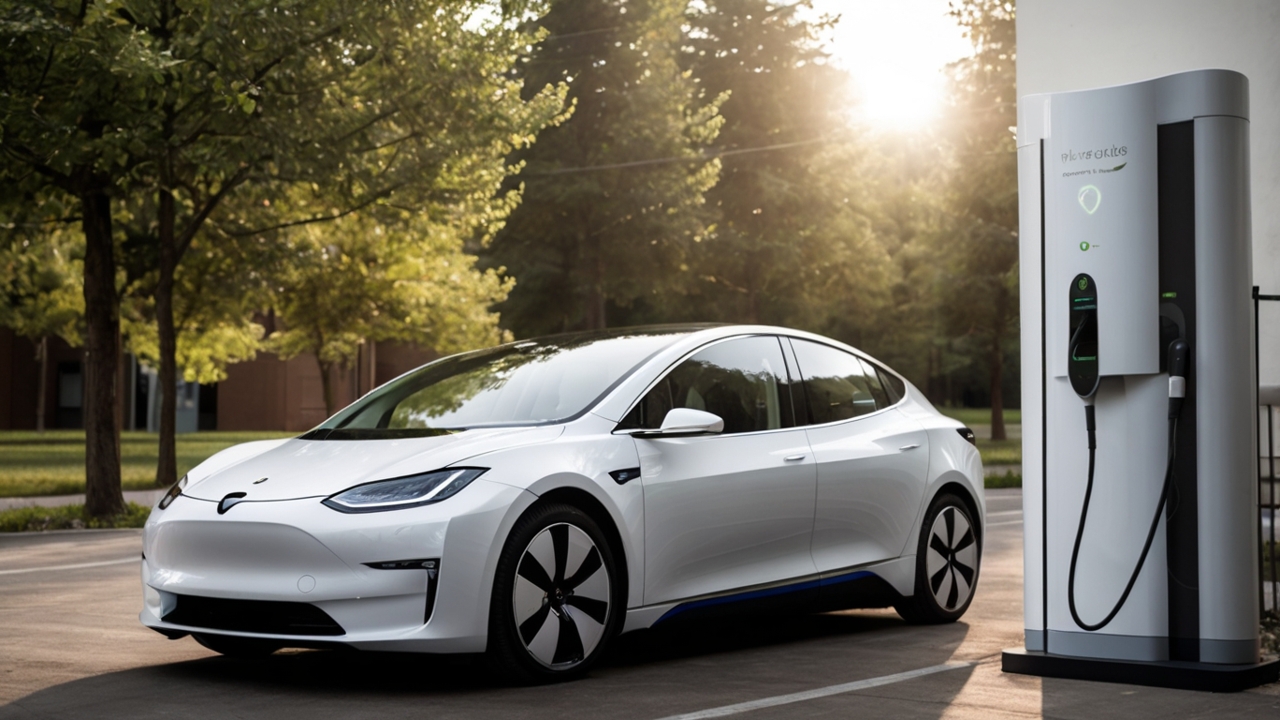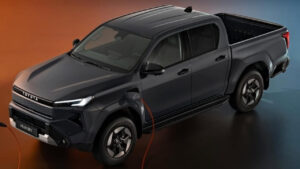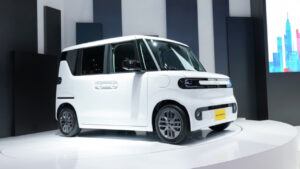Mild Hybrid & Full Hybrid, Understanding the Real Difference Behind the Technology
Bukemersanacokyakisir – As environmental awareness and fuel efficiency become global priorities, hybrid cars are gaining immense popularity. Yet, despite this surge in interest, many car buyers still misunderstand the technology behind them especially the difference between mild hybrid & full hybrid systems. The misconception that every hybrid vehicle can drive without gasoline is common but inaccurate. Chery’s Product Manager, explains, “Each hybrid type has a unique technical character some motors only assist, others can run briefly without fuel, and a few are designed to travel long distances purely on electricity.” This distinction is crucial to understanding which hybrid suits your lifestyle best.
“Read also: Aprilia RS-GP Sets New Aerodynamic Standard in MotoGP“
Mild Hybrid: The Silent Helper of the Combustion Engine
A mild hybrid represents the simplest form of hybrid technology. In this setup, the electric motor acts as an assistant to the internal combustion engine (ICE), rather than a standalone power source. Yusuf notes that in mild hybrids, the electric motor helps during acceleration, reduces engine load, and improves fuel efficiency but it cannot power the car independently. These vehicles rely entirely on gasoline and usually feature a small 48-volt battery system. Mild hybrids are perfect for drivers who want a taste of electric efficiency without altering their conventional driving habits. Personally, I view mild hybrids as a gateway to greener technology offering balance between tradition and innovation.
Practical Advantages and Limitations of Mild Hybrid Systems
From a practicality standpoint, mild hybrids are efficient and low-maintenance. They don’t require external charging, as their batteries recharge automatically through regenerative braking or deceleration. However, their electric contribution is modest, meaning fuel savings are limited compared to full hybrids or plug-in hybrids (PHEVs). Despite this, mild hybrids remain appealing due to their affordability and ease of ownership. For everyday city driving, they deliver smoother acceleration and slightly lower emissions making them an ideal transition option for those hesitant about fully electric systems.
Full Hybrid: When Engine and Motor Work in Harmony
Unlike mild hybrids, a full hybrid system is far more advanced. Here, the electric motor can power the car independently for short distances, typically between 1–5 kilometers, depending on battery size and conditions. When driving at higher speeds, the gasoline engine automatically activates to provide extra power and recharge the battery. This seamless coordination between engine and motor allows for optimal fuel economy without driver intervention. Personally, I find full hybrids fascinating because they embody intelligent efficiency switching energy sources instinctively to achieve the perfect balance between performance and sustainability.
Efficiency and Driving Experience of Full Hybrids
Full hybrids can improve fuel economy by up to 30% compared to traditional gasoline engines. In stop-and-go urban environments, where cars frequently idle or brake, these systems shine. The smooth transition between electric and gasoline power is barely noticeable, offering a comfortable, quiet ride. Moreover, because the engine shuts off during low-speed driving, emissions drop significantly. However, full hybrids cannot match the pure electric range of PHEVs due to smaller battery capacities. In essence, they’re built for efficiency, not electric autonomy making them ideal for urban commuters prioritizing fuel savings and comfort.
Plug-in Hybrids: The Evolution Beyond Full Hybrid
Although our main focus is on mild hybrid & full hybrid, it’s impossible to ignore the evolution that follows Plug-in Hybrid Electric Vehicles (PHEVs). These hybrids feature larger batteries and external charging capability, enabling them to travel tens of kilometers on electricity alone. Yusuf explains, “If your daily route is short, you can drive a PHEV without using gasoline at all.” However, when fuel runs out completely, the system automatically limits performance to protect the engine and transmission. To me, PHEVs symbolize the bridge between hybrid convenience and full-electric freedom a practical compromise for drivers seeking both flexibility and eco-consciousness.
Technical Comparison: Mild Hybrid vs Full Hybrid
The technical difference between mild hybrid & full hybrid lies primarily in the motor’s function and battery capacity.
- Mild Hybrid: The electric motor assists the engine but cannot move the vehicle independently.
- Full Hybrid: The electric motor can drive the vehicle alone, albeit for limited distances.
Mild hybrids use low-voltage systems, typically 48V, while full hybrids operate on high-voltage setups capable of running powerful motors. As a result, full hybrids deliver superior fuel efficiency but come with higher costs. From an ownership perspective, mild hybrids are cheaper to maintain, while full hybrids appeal to those who value performance and sustainability combined.
“Read more: Horizon Plane’s Futuristic Shape Could Revolutionize Flying“
Why the Confusion Among Consumers Persists
In my opinion, the confusion surrounding hybrid cars stems from overly generalized marketing. The term “hybrid” has become a catch-all phrase that blurs distinctions between different systems. Many buyers assume all hybrids can run without gasoline, only to discover that mild hybrids don’t have this capability. Additionally, automakers tend to emphasize environmental benefits in their advertising, often glossing over the technical limitations. This communication gap leads to misplaced expectations. It highlights the importance of consumer education understanding the mechanics behind the technology ensures satisfaction and informed decision-making.
Choosing the Right Hybrid for Your Lifestyle
Once you understand how mild hybrid & full hybrid systems differ, choosing the right one becomes much easier.
- A mild hybrid suits drivers who prioritize fuel economy and lower emissions without changing driving habits.
- A full hybrid fits urban drivers seeking optimal efficiency in heavy traffic with occasional electric driving capability.
- Meanwhile, a PHEV serves those with home charging access who want to minimize gasoline use entirely.
The decision ultimately depends on driving patterns, budget, and environmental goals. Personally, I recommend test-driving both types experience often reveals which system resonates most naturally with your lifestyle.
Hybrid Technology: The Bridge Between Present and Future
Both mild and full hybrid technologies play pivotal roles in our transition toward full electrification. They act as stepping stones helping drivers and industries adapt gradually to sustainable mobility. The success of these systems, however, depends not only on automakers’ innovation but also on how well users understand and embrace them. From my perspective, hybrid cars are not just a temporary trend; they represent a practical evolution toward cleaner, smarter transportation. Every kilowatt saved today brings us one step closer to a zero-emission tomorrow.













Post Comment